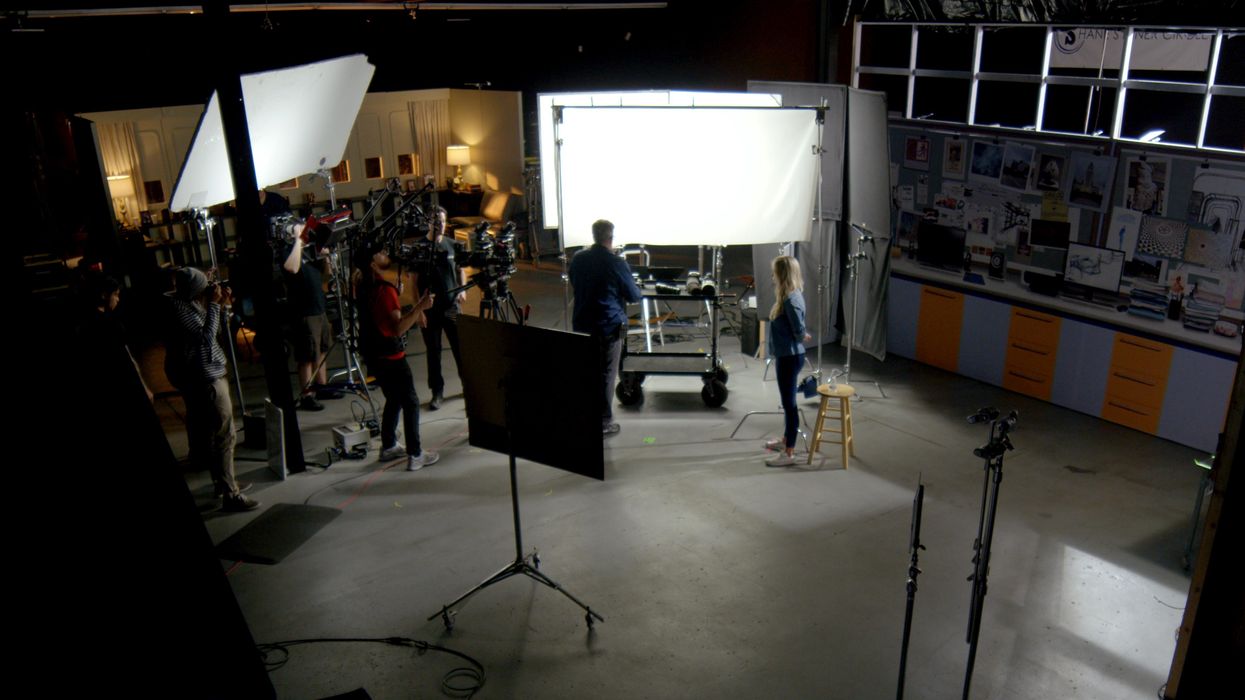Shots, Takes, and Pages: The Art of Scheduling a Film Shoot
There is a lot of footage to shoot and not enough time to shoot it in. That's why scheduling is so important.

Film shoots can get messy. There are so many people, pieces of gear, and moving parts to keep track of and that only gets more complicated and confusing the bigger the production is. That is why scheduling takes such a huge priority in filmmaking and to help you understand a bit more about how to go about organizing your shoot, Rubidium Wu of Crimson Engine has laid out several key concepts and methods professional filmmakers use to get their productions under control. Check out his video below:
There are many, many things to consider when scheduling a film, from location availability to call times, but Wu zeros in on one area in particular that will not only help you know how long principal photography will take (and potentially cost) but also help you stay on track once production has begun.
If you want a full guide to budgeting your film, start here!
He essentially breaks down how to "measure" and keep track of your shoot using different units of measurement: shots, setups, and pages.
Shots
The vast majority of you know what a shot is. It's the time right after you hit record on a take to right after you stop recording it. This is the smallest unit of measurement of the three Wu describes in the video, and there are several ways to organize and schedule them, as well as track your progress, but the most widely used method is by drawing up a shot list. If you adjust your blocking or switch out your lens, that's still considered a "shot" rather than a wholly new "setup", but we'll get into what that means next.
Setups
Setups differ from shots in that they represent a completely different arrangement and placement of your camera and lighting gear. In other words, you can capture many different shots with the same setup, but once you move your camera or change your lighting, that's a brand new setup. Knowing not only how many different setups you'll be able to complete in a day but also how many your project requires is crucial for scheduling because, while shots may not take up a whole lot of time, setups oftentimes do, so you'll need to know how many can reasonably be fit into a day of shooting in order to maximize your time.
Pages
Looking at your project as a whole through the lens of shots and setups might be a little too overwhelmingly detailed, which is why it helps to measure your project in "pages". A page represents the page of the script you're shooting, so if you've got a 90-page script, you'll be shooting 90 pages. This is an important measurement because if you've only got, say, 90 days to shoot a 90-page script, you'll have to make sure you're shooting about a page per day on average. Some days you might shoot half a page or a quarter of a page, while other days you might blow through two or three pages—either way, seeing how many pages have been completed and how many are left to complete is a helpful way to keep your production organized and on track.
What are some other important things to know about scheduling a film shoot? Let us know down in the comments.
Source: Crimson Engine
















